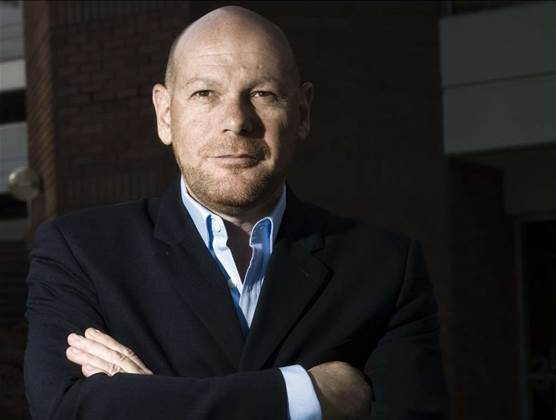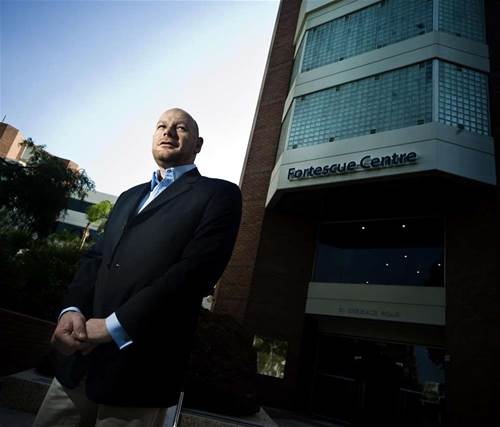Demanding vendors and service players are more accountable for their solutions gives Forte some precious time for big-picture thinking.

Whether it’s mining engineering or IT, Fortescue is determined to be at the bleeding edge of innovation to eke out the slightest productivity gains over its rivals.
For Forte that might mean taking part in customer previews of major new product releases, such as Microsoft’s Office 15 (Wave) Technology Adoption Program, which promises early access to new versions of Microsoft Office, Sharepoint and Lync.
“We are going to be taking early advantage of its capabilities,” he said. “We could leap in some areas from 2007 to Wave 15. There is a strong appetite internally for efficiency and productivity.”

Forte was also an early adopter of several cloud computing solutions, including Microsoft’s Office365 office productivity suite and now a range of private and public infrastructure-as-a-service solutions.
Since December 2011, Fortescue Metals has been consuming server and storage capacity on-demand from HP’s Perth data centre. This taps into HP’s ‘CloudSystemMatrix’, which offers a faster route to launching new services via pre-populated service catalogues. The company can now spin up virtual machines in around 22 minutes, which is “much faster” in comparison to internal builds.
Already Fortescue is using up 2 x 10 Node Hyper-V clusters of capacity and 100TB of storage and is decommissioning its legacy fleet of blade servers by March 30.
The “secure private cloud”, available via utility-based pricing, effectively takes server computing and storage concerns out of Forte’s team. HP is paid a fee to run, monitor and backup the infrastructure from a remote critical watch centre based in Newcastle, NSW.
The company is also using Microsoft’s Azure cloud for User Acceptance Testing and test and dev.
Forte said that for innovation to prosper, CIOs need to be prepared to lose some control and dip their toes in the water on cloud services.
He also intends to use the HP Private Cloud and Citrix applications streaming to enable staff to access corporate applications from their own devices by the end of June.
Forte is a pragmatist when it comes to security, especially when one considers the sensitive nature of the data involved in his organisation. A combination of virtual desktops and BYOD can actually be more secure than traditional desktop environments, because no company data is held on local machines.
He would rather use technologies like rights management and digital certificates, rather than a hierarchical structure with lots of device and document control.
“We want to protect data rather than devices,” he said.
“Lock everything down and you wind up just managing exceptions. What is the point of that? The more exceptions we create, the more workarounds appear and we are actually creating insecurity. That approach doesn’t work anymore. Who would want to work for an organisation that treats its staff like that?”


.png&h=140&w=231&c=1&s=0)


_(22).jpg&h=140&w=231&c=1&s=0)



_(26).jpg&w=100&c=1&s=0)

 iTnews Executive Retreat - Security Leaders Edition
iTnews Executive Retreat - Security Leaders Edition












_(1).jpg&h=140&w=231&c=1&s=0)



